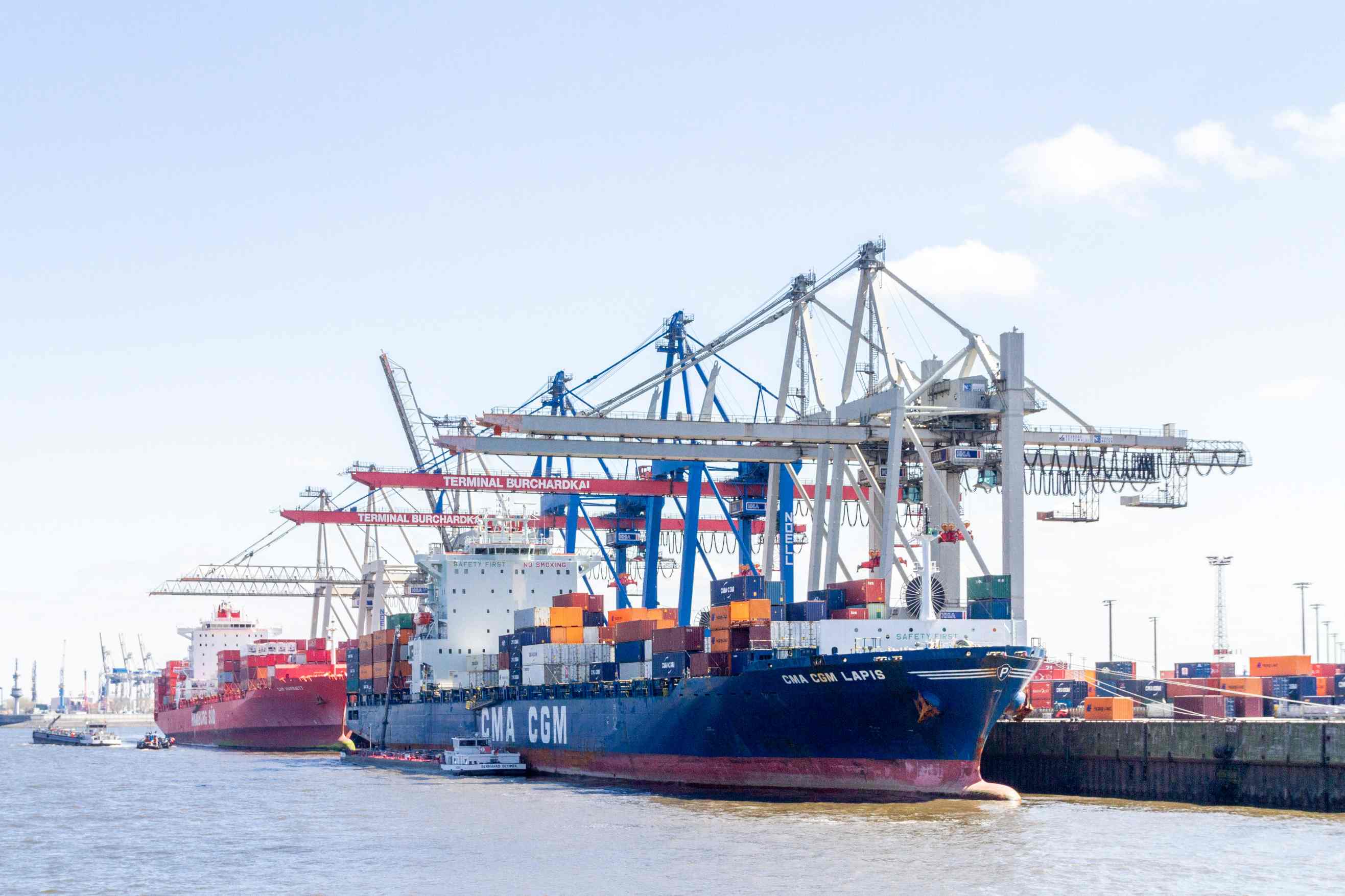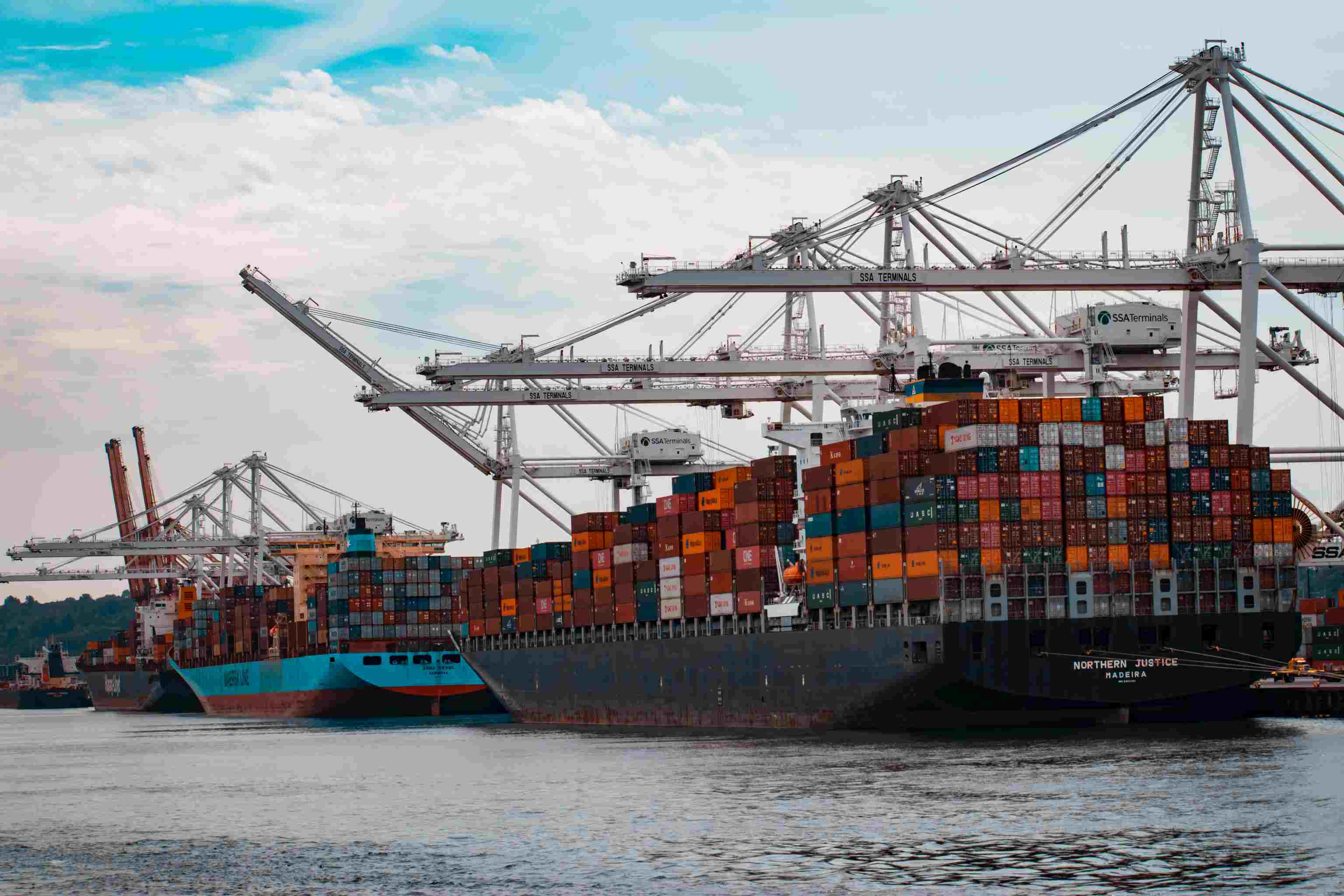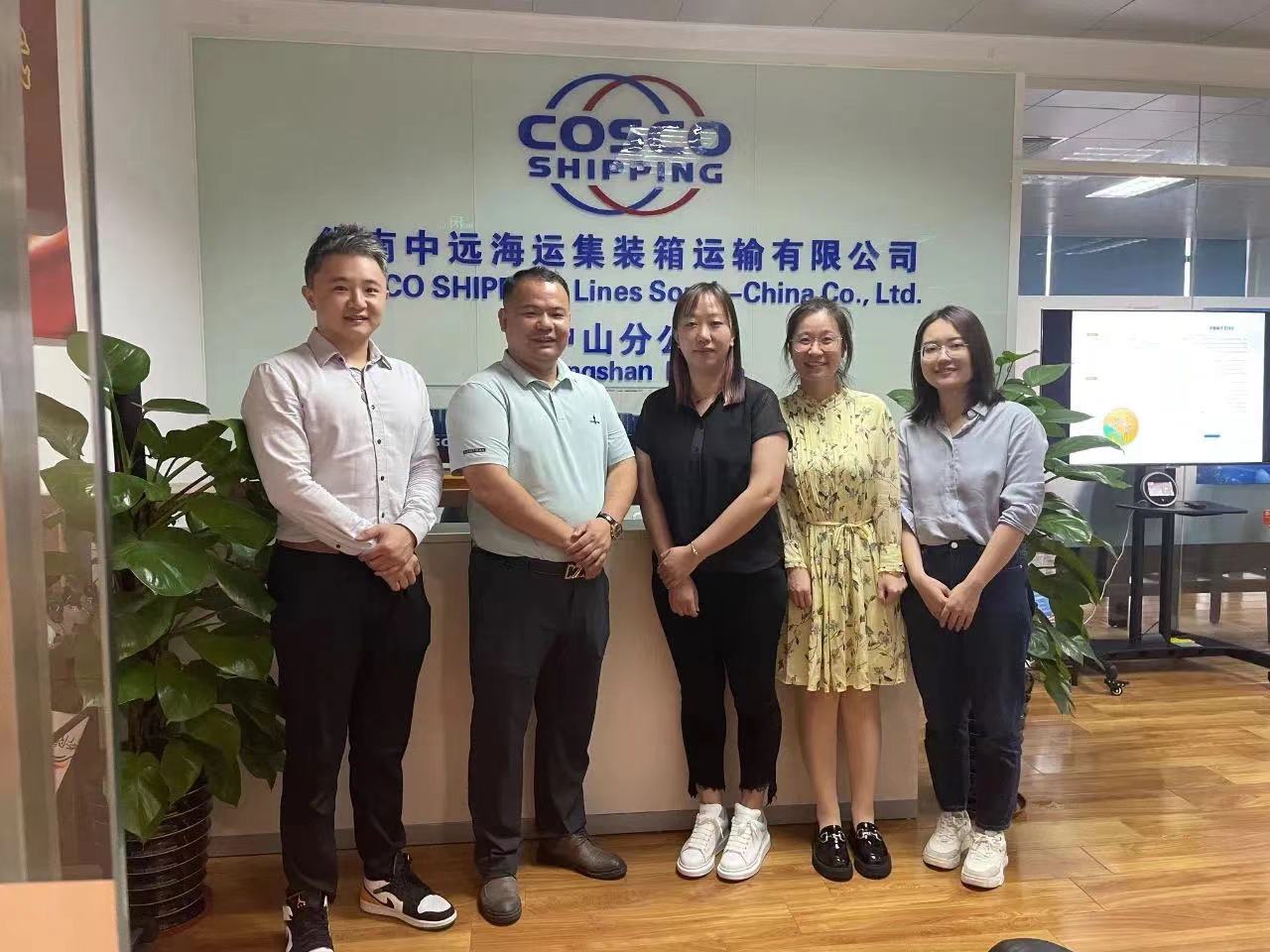Ocean Freight Shipping Explained: Everything You Need to Know in 2025
Today, as global trade accelerates its digitalization and green transformation, Ocean Freight Shipping is no longer just a "big brother" mode of transporting goods from port A to port B; it is also a key engine that links the supply chain and drives industrial upgrading.
Entering 2025, facing increasingly stringent environmental regulations, volatile fuel prices and the continuous emergence of intelligent management tools, every space booking and every shipping quotation is a double test of cost optimization and risk control.
In this guide, we will analyze all aspects of Ocean Freight Shipping for you from basic processes, cost structure to the latest technology and industry trends, to help you master shipping in the new normal and gain an advantage.
What Is Ocean Freight Shipping?
Ocean freight, commonly referred to as sea freight or container shipping, refers to the use of large cargo ships to transport goods in standard 20-foot or 40-foot containers to international markets. In today's logistics landscape, ocean freight carries about 90% of global trade volume.
Ocean freight is extremely cost-effective for cross-border e-commerce sellers and SME importers and exporters who transport heavy or bulk goods: although ocean freight is slower than air freight, the cost of a single global transport is much lower than air freight.
Companies usually work with freight forwarders or online freight platforms to book full container loads (FCL) or less than container loads (LCL) and handle the documentation, customs inspections and port-to-door logistics required for international trade. In 2025, the industry will also face stricter global regulations - such as the new "net zero" rules of the International Maritime Organization (IMO), which require the use of cleaner fuels and stricter limits on ship emissions.
Therefore, compliance, digital tracking and reliable freight partners are key to ensuring that goods are cleared and delivered on time.
Why Ocean Freight Still Matters in 2025?
In 2025, ocean freight will still be the mainstay of international trade. With its extremely low unit freight rate and large capacity, it carries more than 90% of the cargo flow.
At the same time, with stricter environmental regulations and the application of new energy ships, the carbon emission efficiency of ocean freight continues to improve.
In addition, with the popularization of digital tracking and intelligent scheduling tools, ocean freight can provide stable and visual transportation services in a complex and changing supply chain environment, bringing higher cost control and risk management capabilities to cross-border e-commerce sellers and small and medium-sized import and export companies.
Understanding FCL and LCL Shipping
FCL, full container shipping, refers to the shipment of a whole container in one ticket, renting a whole 20-foot or 40-foot container at one time. This mode of transportation is suitable for bulk goods or goods with high requirements for timeliness and safety. Buyers can obtain the lowest single container transportation cost and can greatly reduce the risk of transit.
LCL, less-than-container shipping means that your small batch of goods will be combined with other shippers' goods for packaging. Although the rate per cubic meter is slightly higher and the process of consolidation and deconsolidation may add a few days, it can significantly reduce the initial investment and improve flexibility.
FCL vs. LCL: Understanding Your Shipping Options
FCL and LCL are two common shipping methods used by cross-border sellers and small and medium-sized enterprises.
FCL means you directly book a 20-foot or 40-foot full container, which is suitable for large quantities, high value or time-sensitive goods. It can not only minimize the unit freight, but also reduce the transit and loading and unloading links.
LCL means you load your small amount of goods together with other shippers' goods into a container. Although the freight per cubic meter is slightly higher and it may take more time due to consolidation and unpacking, it can avoid the waste of empty containers and greatly reduce the initial investment cost.
You can make a choice based on the volume of goods, budget, delivery time and customs clearance efficiency: if you can fill the full container or need closer control, choose FCL; if the volume is small and you want to save upfront costs, use LCL.
Choosing a Sea Freight Provider: What to Look For?
First, look at the carrier network coverage - high-quality logistics providers have direct or intermodal networks with major ports around the world, which can shorten transportation time.
Secondly, evaluate price transparency and rate structure to ensure that there are no hidden surcharges. If possible, you should also examine its digital tracking capabilities to monitor the status of goods in real time and respond to abnormalities in a timely manner. And you also need to understand customer service and claims procedures so that when you encounter problems, the logistics provider can respond quickly and handle them properly.
Finally, confirm whether the relevant qualifications of the logistics provider are compliant, including customs agency qualifications and environmental emission standards certification, which is very important to ensure the safe customs clearance of your goods and meet the latest regulations. By comprehensively weighing these factors, you can choose a shipping partner that is both reliable and can solve your diverse transportation needs.
Common Types of Cargo and Shipping Containers
Sea transportation mainly relies on various containers to carry different goods, from standard containers to special containers, and a variety of containers to cope with complex logistics needs.
Container Sizes and Uses
Standard containers, 20ft/40ft, are the most common choices. 20ft is suitable for small and medium-sized batches of goods, and the cost will be lower, while 40ft is more suitable for bulk commodities and has more advantages in unit freight.
Special containers include refrigerated containers, which are used for temperature-controlled goods such as food and medicine.
Open-top containers and flat-rack containers are more suitable for larger equipment and machinery. They are designed to facilitate the loading and unloading of large or special-shaped goods.
What Can You Ship by Ocean Freight?
Almost all non-perishable items can be shipped by sea, including industrial equipment, household goods, electronic products, clothing and dry food.
However, if you want to transport chemicals, batteries or other dangerous goods, you must strictly follow the IMDG (International Maritime Dangerous Goods Code) for packaging and declaration to ensure safety and compliance.
Final Thoughts: Is Ocean Freight Right for You?
As the core support for cross-border trade, ocean freight will still be the most cost-effective transportation option for large-volume, long-distance cargo transportation in 2025. When deciding on the mode of transportation, we must first clarify our transportation needs, including the quantity of goods, destination and timeliness requirements. Secondly, we must choose a reliable platform or freight forwarder, and try to choose logistics companies with global networks, digital tracking and professional claims services. At the same time, we must control force majeure transportation risks through contract terms, insurance configuration and real-time monitoring to avoid increasing costs. Therefore, grasping these three key points is a prerequisite for delivering goods to their destination safely and quickly.





